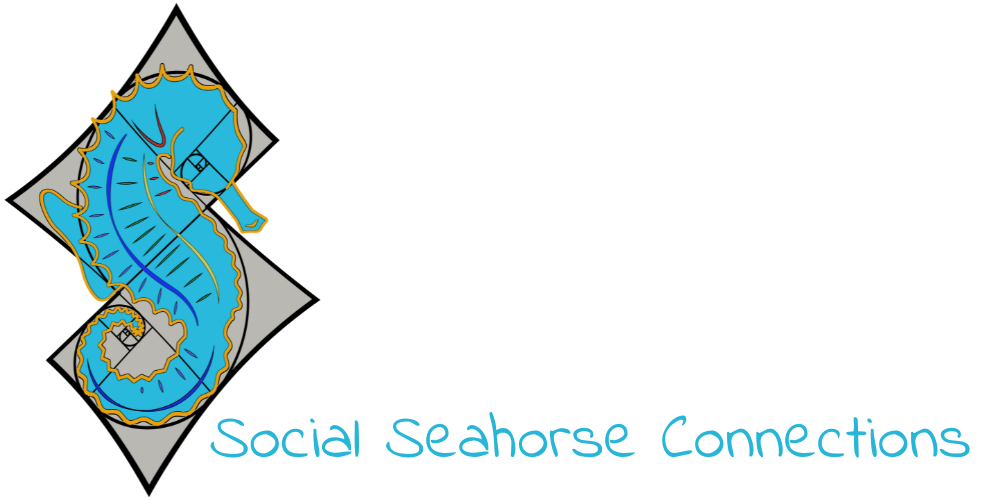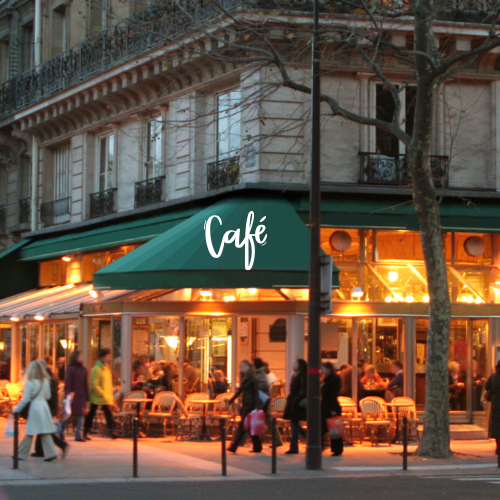
Paris Cafe
This month the art world celebrated the 150th anniversary of one the most famous art exhibitions in history, put on by a group of artists dismissed by the powers that be.
They were mostly poor, discouraged, and rejected by the art establishment, and from that, they became a "we." They formed their own community - one so famous today that everyone recognizes its name. A name originally given as an insult.
They bonded partly through commiseration of being shunned by the elite art world of the time, partly
through their commitment to their art, and perhaps most through spending time together.
Let us take a look at what we can learn about social value, community, and connection from their example.
Who They Were
First, let’s take a close look at who comprised this little group of artists who would gather every evening at their neighborhood café.
Among them were many artists described variously as: gruff, fiery spirits, sharp tongued, moody, opinionated, self-absorbed, and strong-willed; they often argued bitterly. It hardly seems like the making for a world-changing collaborative!
What they had most in common was their style of art – a style rejected by an art scene so powerful that only those who were accepted could have a career in art at the time.
What They Deliberated
In the evenings they would ponder how to get acknowledgment from this powerful art collective, with much of the energy focused on being accepted into the annual art show – arguably to this day the most famous art exhibition in history.
Should they change their style of art to be endorsed?
Renowned art of the day was realistic portrayals of historic events and beautiful women, while they depicted scenes from everyday life using visible brushstrokes and indistinct images.
The only pathway to success seemed to be to bow to the pressures of those who were the gatekeepers for a career as an artist.
It is important to know that many of these artists were desperately poor at the time, not even being able to afford food on occasion. Year after year of not being accepted into the art exhibition took its toll on their confidence and mental wellbeing.
How They Deliberated
When we think of grassroots groups starting movements, it’s easy to imagine a group of like-minded people all supporting one another, having polite discussions, and moving forward smoothly. When we hear someone from such a movement speak of the beginnings later after success, they speak of the respect they have for one another, the shared trials, and the fierce loyalty.
Yet, that kind of respect and loyalty comes from heated discussions, sharing honestly and vulnerably, pushing past ego, and embracing personality clashes.
In writing of this group, which Malcolm Gladwell does brilliantly, he notes that the only female participant was, "The moral compass of the group [. . .]: fiercely political, loyal, and principled.” He reports that even the artist described as “the most ornery and alienated of men—loved” her.1
Not only did they have powerful differences of education, means, and political views amongst themselves, they also embraced a strong female as part of the collective. I think this is not an insignificant aspect of what helped the group be able to act when the opportunity arose.
These were not quiet, conciliatory conversations – they were often heated and raucous.
Why It Worked
It is valuable to note that creating movements which change the world takes passionate deliberation among people who are willing to share opposing perspectives, consider other points of view, and ultimately respect and support one another.
They embraced their differences and despite the high risk of compounded ridicule and more financial hardship, they took the brave action to make themselves visible.
I have been fortunate to watch many people start online businesses that initially flew in the face of the established structures of the time – the ones who have been the most successful have been those who held tightly to their way of doing things and did it within a community that pushed back as well as cheered them on. Those who didn’t fit a socially accepted model and feared visibility the most found the most success in impacting their audience in remarkable ways.
The Results
On April 15, 1874, the artists opened their own exhibition, one that treated all artists as equals, with no juries, no competition, and no medals – the complete opposite of the exclusive and elite Salon.
Their art show was soundly ridiculed by the established critics of the day who called their depictions mere “impressions,” and the name stuck, but the show was a success, with 3,500 people attending over the month-long exhibition.
The support that came from their tight community of friendship fostered the innovation and individuality that wasn’t acceptable in the established Salon show – innovation that changed the world of art forevermore.
Gladwell writes that, “They felt a new creative freedom, and before long, the outside world began to sit up and take notice. In the history of modern art, there has never been a more important or more famous exhibition.”2
Today we know them as the Impressionists: Édouard Manet, Edgar Degas, Paul Cézanne, Claude Monet, Pierre-Auguste Renoir, and Camille Pissarro.
The sole woman, Pissarro, was so respected among the group that even the ornery Cézanne years later identified himself as “Cézanne, pupil of Pissarro.”3
“They painted one another and painted next to one another and supported one another emotionally and financially, and today their paintings hang in every major art museum in the world.”4
“In the history of modern art, there has never been a more important or more famous exhibition. If you tried to buy the paintings in that warren of top-floor rooms today, it would cost you more than a billion dollars.”5
They became what Seth Godin referred to recently as a collective “we.” He concluded his blog on the topic of the 150th anniversary with, “It’s the ‘we’ that creates a school of thought, a movement, a network, a culture.”6
What Does This Mean for Us?
The world is a challenging place, one where we don’t feel seen, heard and valued often enough. Changing that can feel impossible at times so it is important to remember what is accomplished when we come together.
When we find our groups of “we,” great things can happen – movements that create cultural change. The coveys that change the world are formed by people convinced of a meaningful way of doing things that’s different from the status quo, but that doesn’t mean they agree on everything or don’t have personality conflicts.
When we look at successful change communities, it can feel from the outside looking in as if everything runs smoothly, and we imagine everyone talking in respectful tones at all times, but the reality is when people are passionate and vulnerable, emotions rise and conflicts will result. It’s what we do with those conflicts that counts. Changing culture is hard work.
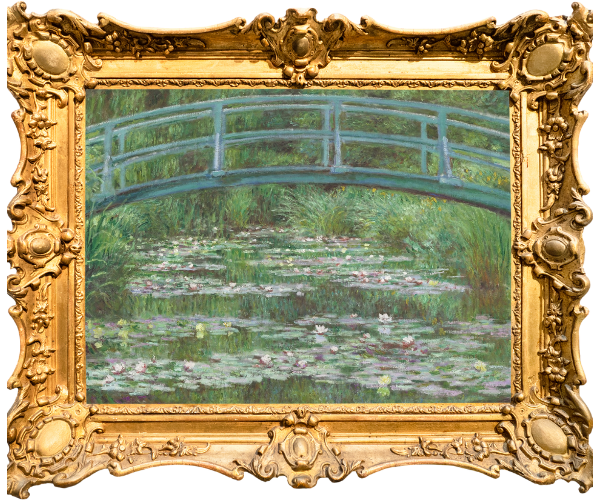
The Japanese Footbridge by Claude Monet, 1899
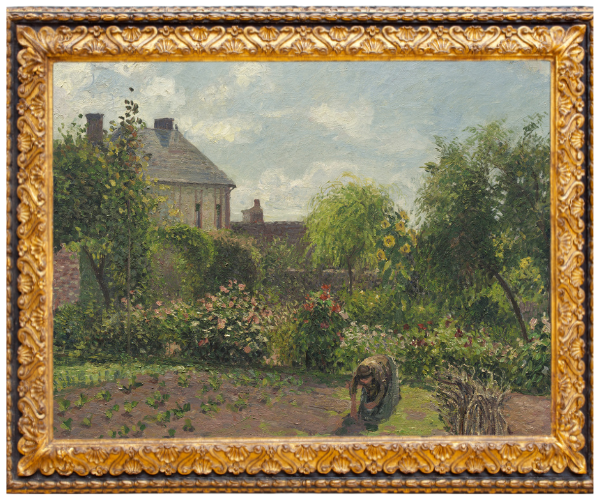
The Artist's Garden at Eragny by Camille Pissarro, 1898
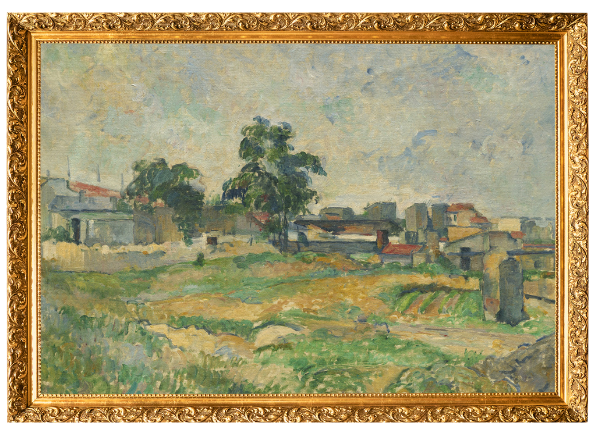
Landscape near Paris by Paul Cézanne, 1876
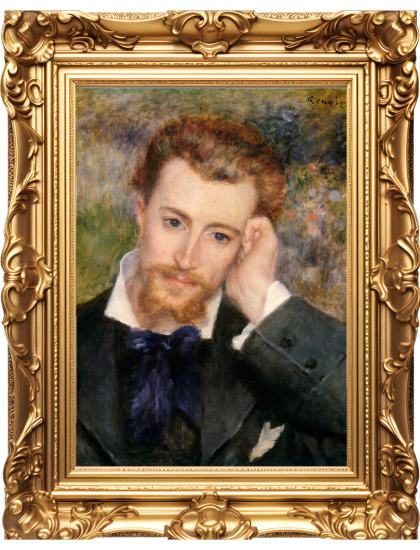
Eugene Murer by Auguste Renoir, 1877
Social Seahorse Connections’ Golden Connection Challenges
Here at Social Seahorse Connections, I want to bring us together to celebrate and learn from those who have been doing the hard work of making us more connected by helping people be more seen, heard, and valued.
The Impressionists’ art exhibition is the big occasion being celebrated for its 150th anniversary, and while that is the event that upended the art world, it was the culmination of all those evening café conversations that got them to that point.
One might call them Golden Connection Challenges – little feats of listening well to one another, pushing back on established ideas and mindsets, caring for and respecting one another, with single acts of kindness like buying bread for a fellow artist who hasn’t eaten in days.
It is tempting to focus on the big results rather than the little moments that lead up to them. I hope you take these Golden Connections to heart and that they increase the social value for you and those with whom you are connected.
Here are some of the examples of creating a "we” that we’ve covered so far at Social Seahorse Connections.
- Nerdfighteria, which formed through the work of John and Hank Green, and is probably my favorite example of a community making powerful impacts
- Deej, who is gathering nonspeaking autistic creatives
- A single hiker gathering other hikers across three states to help others during COVID get out and let nature heal
- Canonists and kayakers gathering for education and support
- Knitting communities that do yarn bombing, support one another, and take on those who are predatory
- A photographer making others visible, gathering people through a simple Facebook photo page
- Fitness trainer Ben Carpenter starting a movement with a 60-second challenge in a community where he helps people feel seen, heard, and valued in the fitness world
Let me know who you would like to see highlighted here for their work making the world a more connected place.
Golden Connection Challenge:
"It’s the ‘we’ that creates a school of thought, a movement, a network, a culture."
Who can you invite to be a "we" with you to create community in your town, city, or virtual world today?
It doesn’t need to be with some great aim to upend the status quo either, just who can you hang out with at the local coffee shop and have a meaningful conversation with this week?
If you would like to read more about the remarkable Impressionist artists who took on the Paris art establishment, check out Chapter 3 of Malcolm Gladwell’s book David and Goliath: Underdogs, Misfits, and the Art of Battling Giants.
Citations:
- Gladwell, Malcolm. David and Goliath: Underdogs, Misfits, and the Art of Battling Giants (p. 64). Little, Brown and Company. Kindle Edition.
- Ibid (73)
- Ibid (64)
- Ibid (64)
- Ibid (73-74)
- https://seths.blog/2024/04/refusing-the-salon-of-the-refused/
